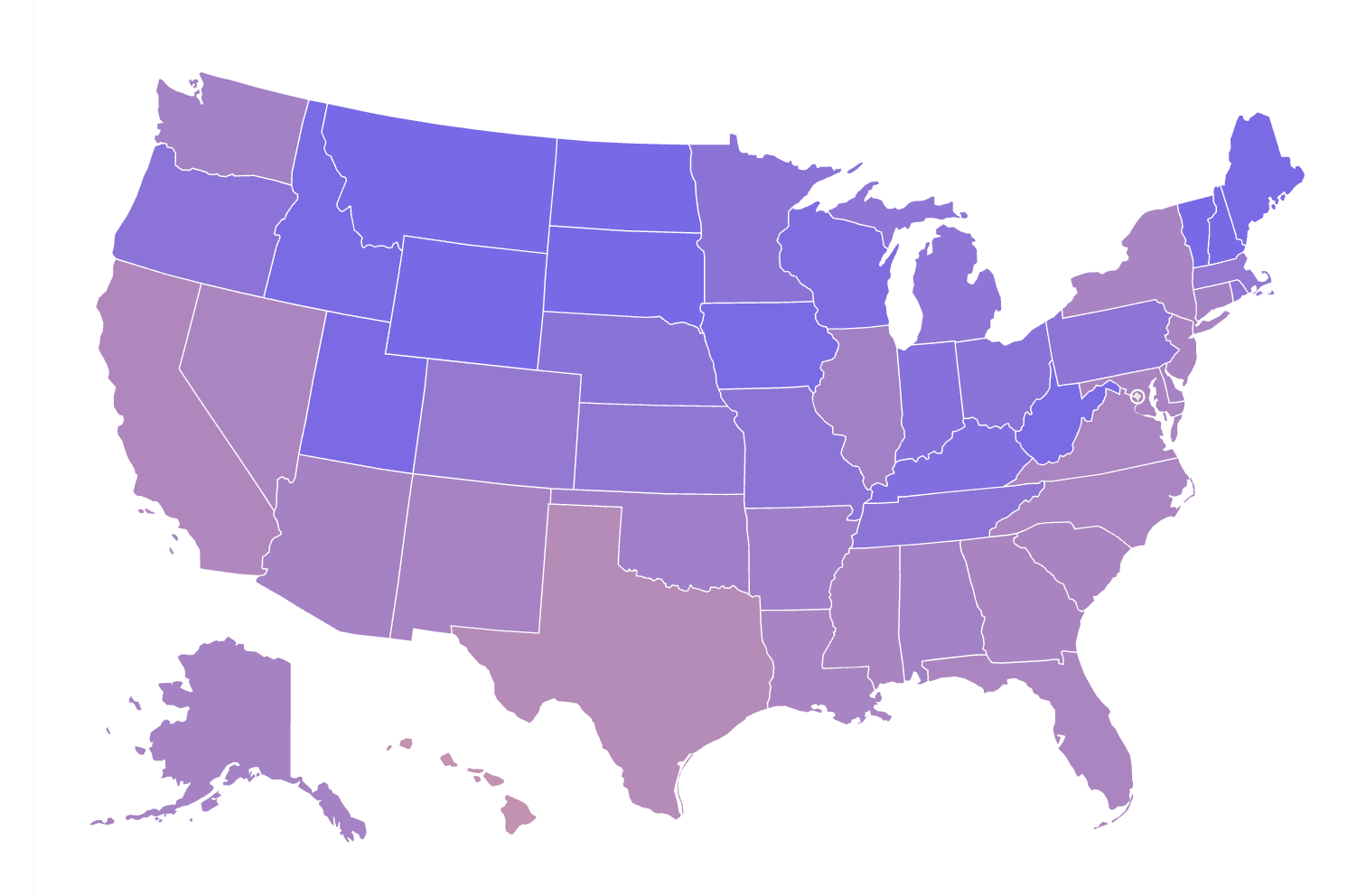Redistricting Bias
Winter quarter of 2025, as part of my political science requirements, I took a class called Globalization and Social Change, taught by Jared Furuta. While we were studying world society theory and liberal individualism, our discussions turned toward what fairness actually means in a democracy. Not just as an ideal, but as something structural and (possibly) measurable. Does fairness mean proportional representation? Equal turnout? Competitive districts? Candidates that are competitive?
That leads us to gerrymandering; arguably one of the clearest examples of how democratic ideals can be warped by design. But to the average voter, its effects are often confusing or easy to overlook. Beyond the basic principle of "one person, one vote", research from Stanford Law School shows that most Americans actually have very little understanding of how redistricting actually works. About two-thirds of Americans say partisan gerrymandering is a "major problem," yet half of Americans don't even know whether their own state's legislative districts are drawn by the legislature or by an independent commission.
This project tries to make the abstract idea of gerrymandering more concrete by letting people see, interact with, and compare the cost of unfair maps across all 50 states.
Click here: https://redistricting-bias.jessie-dong.com/

We built it using Next.js, TypeScript, and Tailwind CSS, with an interactive map powered by react-usa-map.
We're exploring ways to expand the tool by adding historical comparisons, allowing users to track how redistricting fairness has changed over the past few decades in their state; this could make it easier to see whether reforms have made a difference or if the same patterns keep repeating.